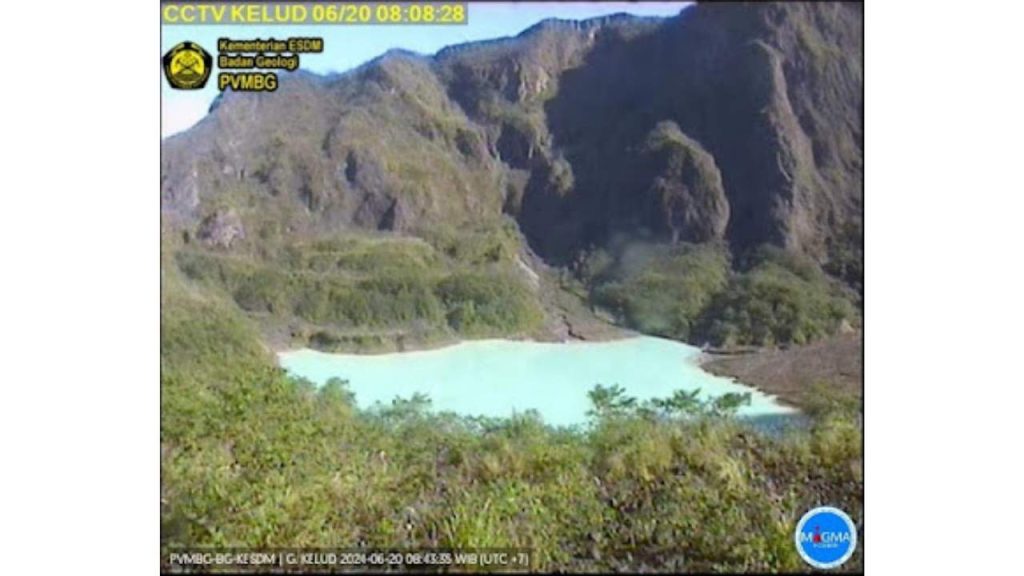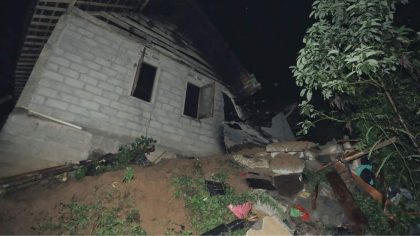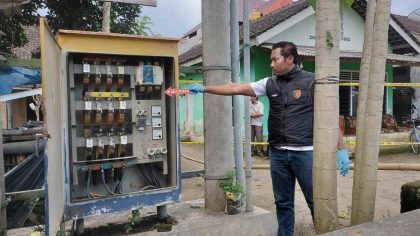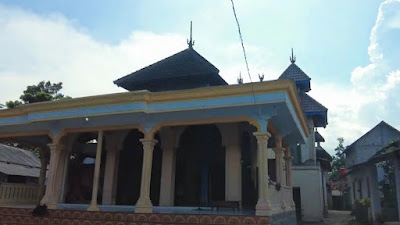Blitar – Mount Kelud’s most famous eruption occurred in 1919, causing massive loss of life and widespread damage due to lava flows and volcanic ash.
The mountain is located in East Java, Indonesia, and is one of the country’s most active volcanoes.
Other major eruptions occurred in 1990 and 2014. The 2014 eruption caused ashfall that spread as far as Yogyakarta and Central Java, disrupting aviation and daily life.
Mount Kelud continues to be closely monitored by authorities to anticipate potential future eruptions. In addition to the eruptions already mentioned, Mount Kelud also has a long and complex history of volcanic activity.
Some other important notes:
2007 eruption: Volcanic activity increased, but no major eruption occurred. This demonstrates the importance of a modern monitoring system for disaster preparedness.
Early Warning System: After the 1919 eruption, a lava diversion system was built to reduce disaster risk. This system continues to be developed to this day.
Environmental Impact: Kelud eruptions often leave long-term impacts on the surrounding land and ecosystems, but they also contribute to soil fertility through volcanic deposits.
Mount Kelud remains a focus of volcanological research due to its active nature and potential threat to surrounding populations. (Ai/blt)












